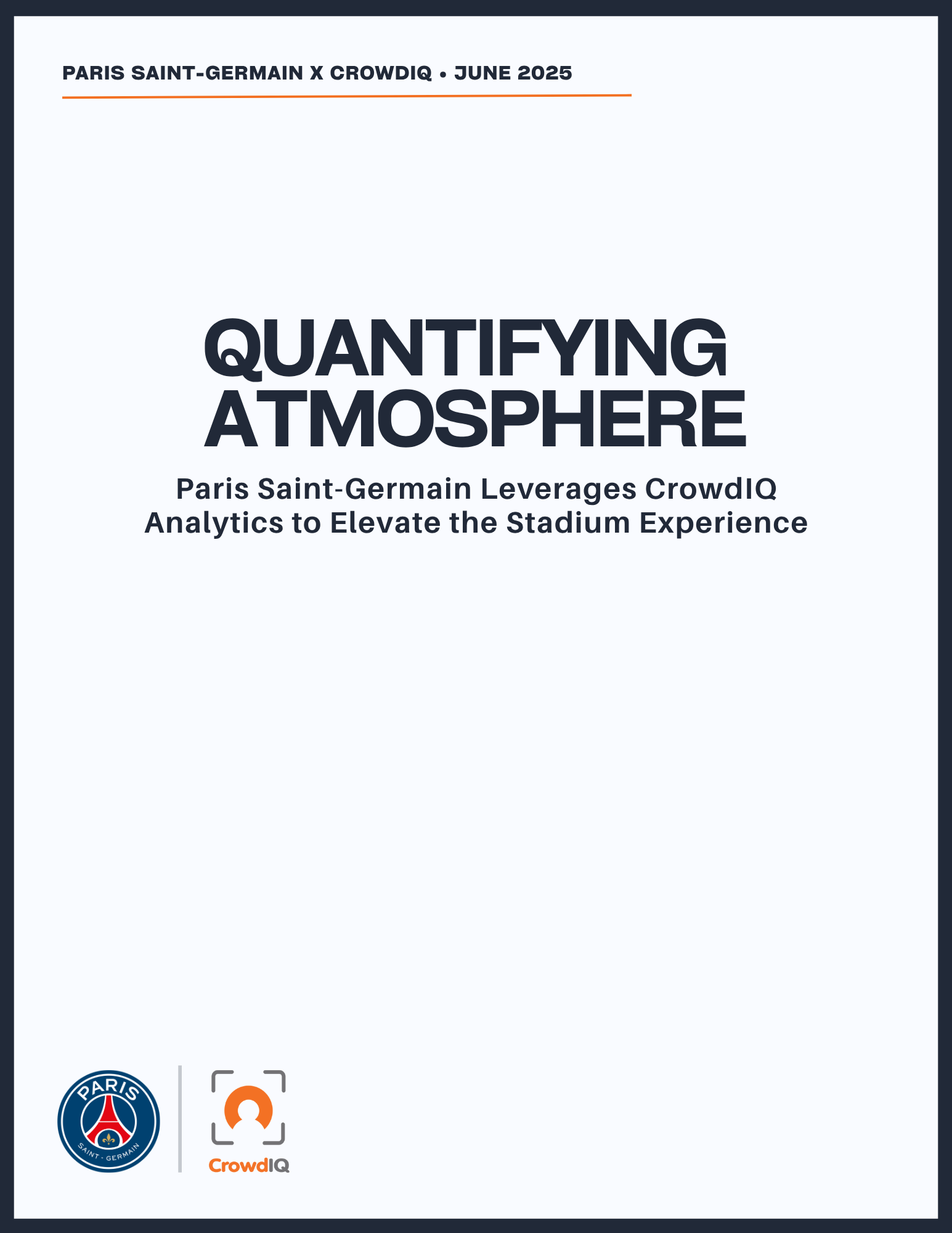At CrowdIQ we don’t use Facial Recognition. We don’t collect personal information, and we’re not in the business of identifying people.
In fact, we’re quite passionately against the use of facial recognition in public spaces. The potential risks far outweigh even the theoretical benefits.
So, if we’re not using Facial Recognition technology and we’re actively against it, how are we able to deliver accurate Crowd Analytics, ethically? The shortest answer is that we use Facial Analysis, not Recognition. It’s a completely different process that delivers completely anonymous data.
Facial recognition is the process of matching a new face to a known face. Without already knowing who the face belongs to it’s impossible to “recognize” that face. Facial analysis however is the process of looking at a face and guessing things like age, gender, and mood. It’s both accurate and anonymous at the same time.
This is why companies like Facebook can do facial recognition. They have a database of ‘known faces.’ We don’t have a database of faces, nor are we interested in identifying people. We are however very much interested in analyzing large crowds and providing anonymous analytics on the composition and behavior of these groups.
CrowdIQ uses computer vision to deliver insights like:
- 67% of fans in their seats at kickoff are are female
- The average age of fans on Saturdays is 28.5
- 22% of fans spend more than 16% of the game looking at their phones
We think this data is more interesting and valuable than trying to identify people without their permission.



